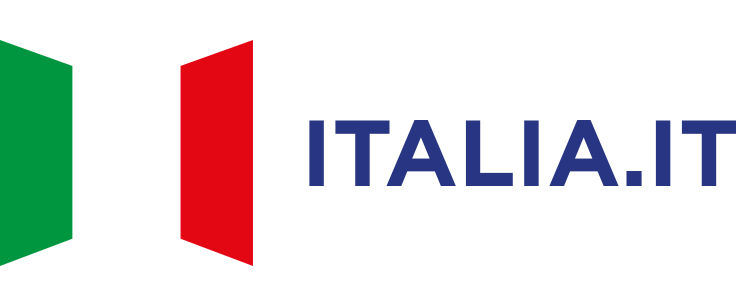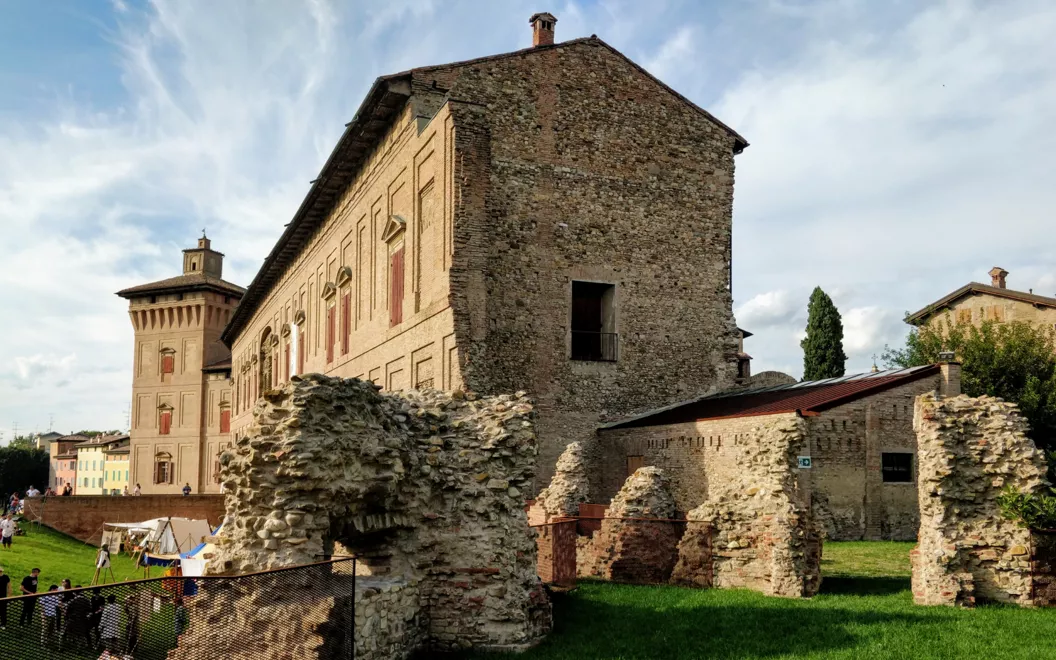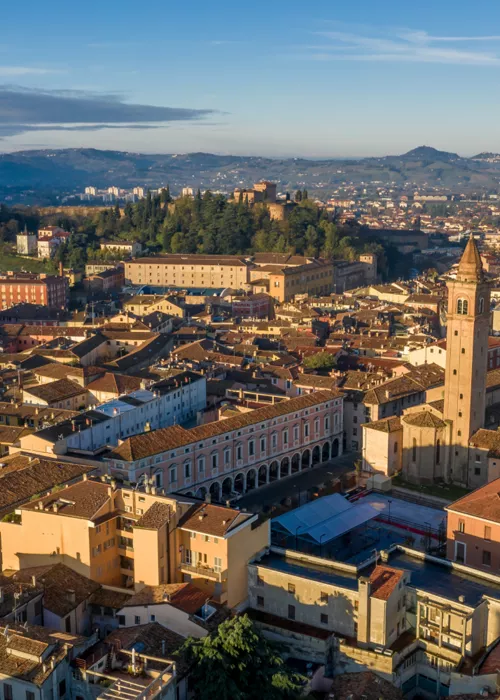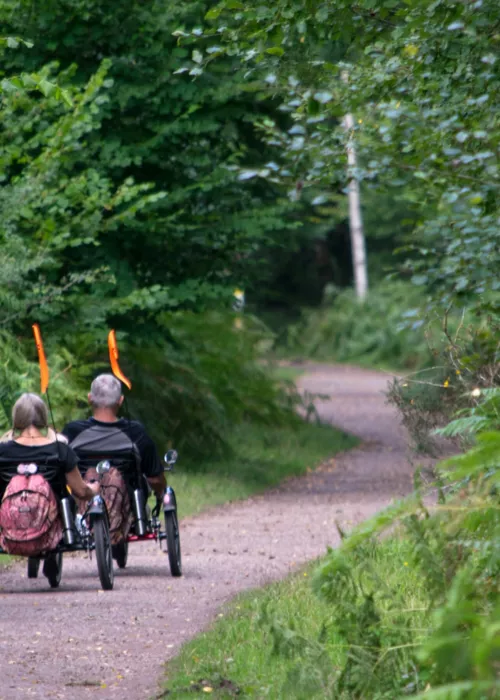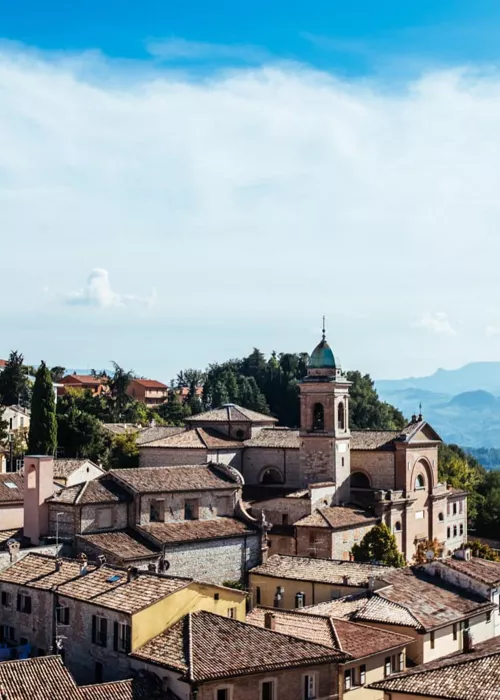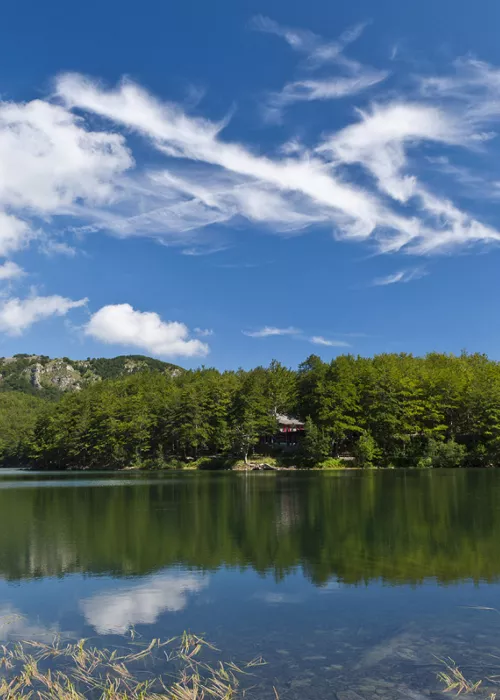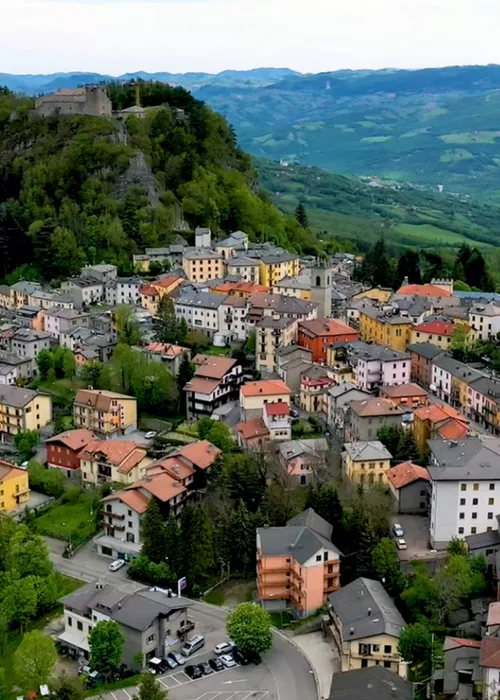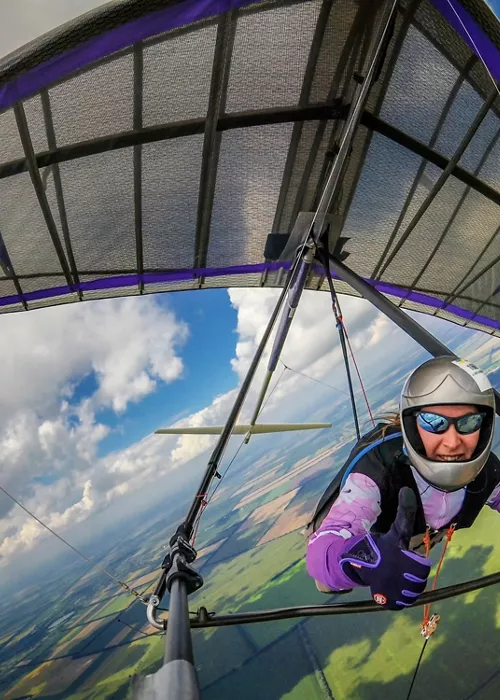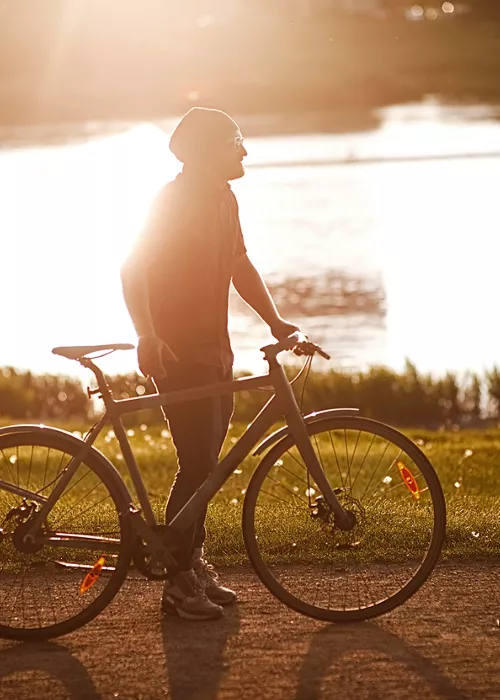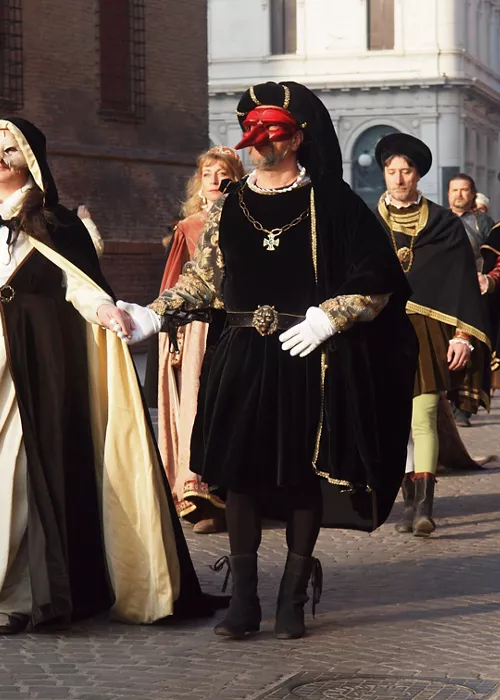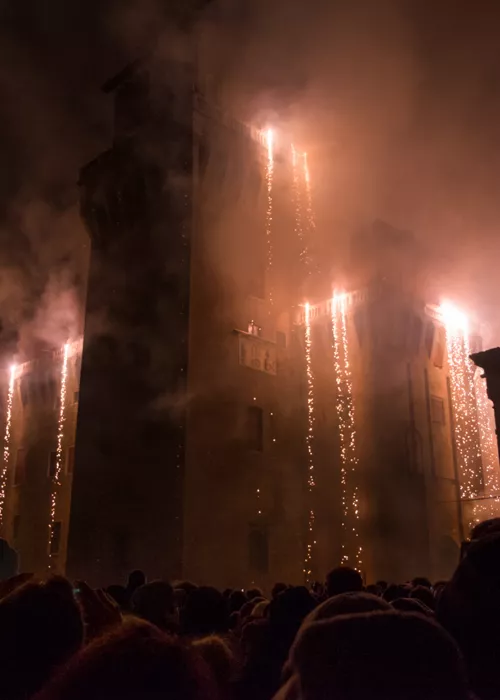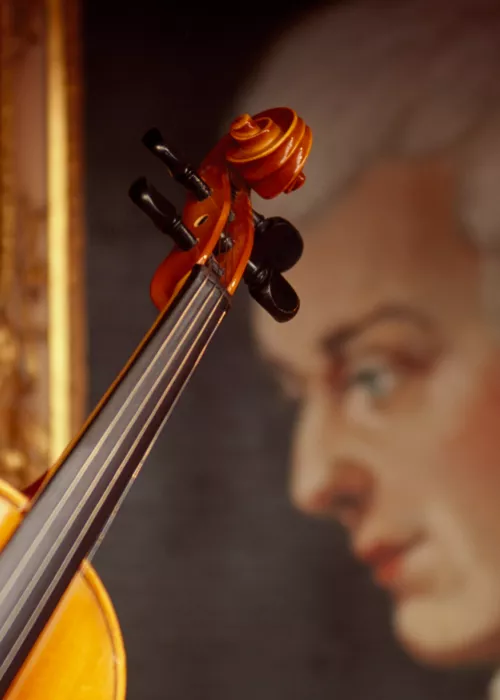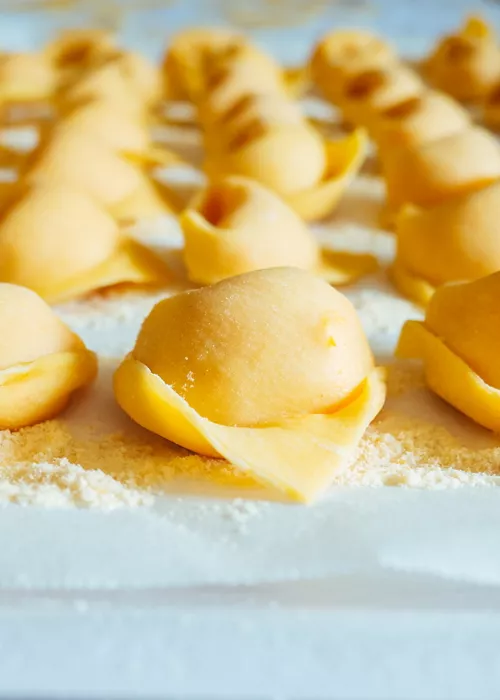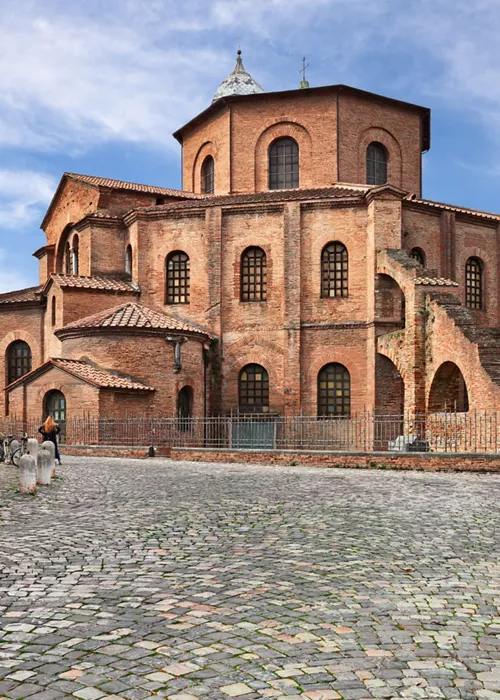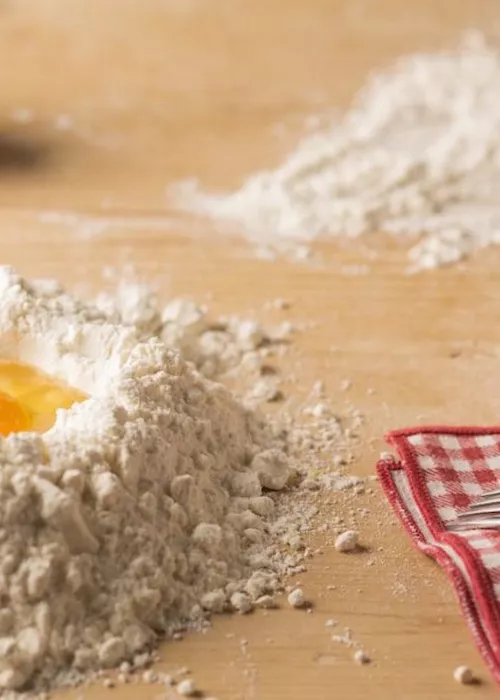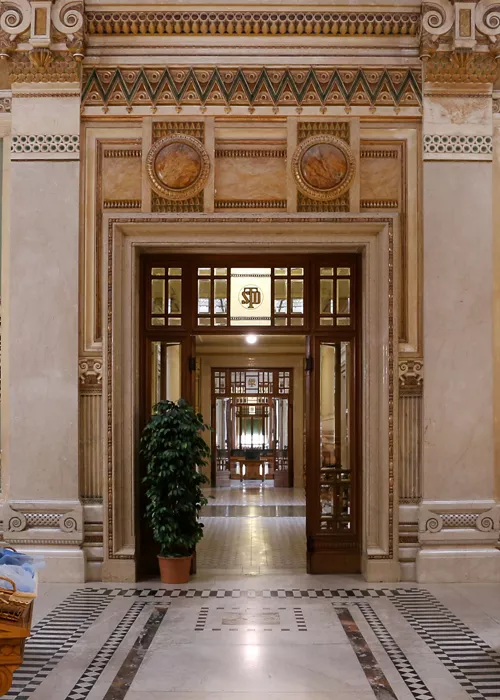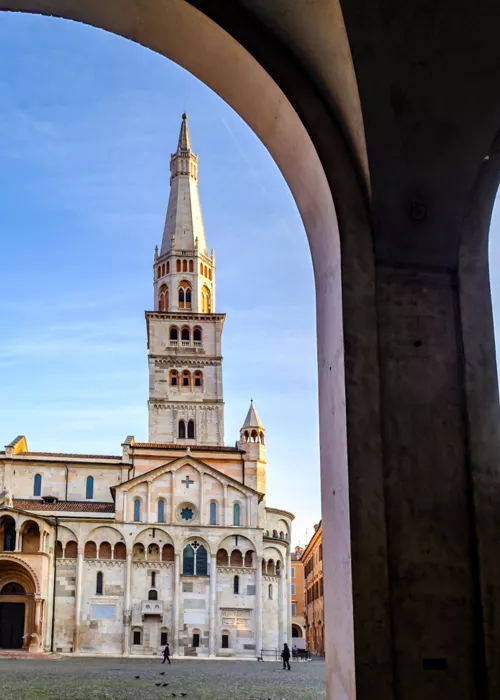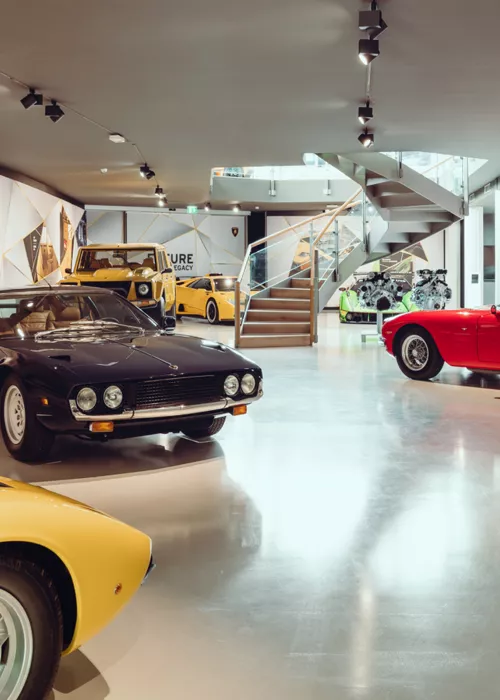Tenth stage of the Giro d'Italia 2023: from Scandiano to Viareggio
3 minutes
After a day of rest, the Giro athletes start out again on the roads of Emilia-Romagna, to reach Scandiano, a pretty town in the province of Reggio Emilia.
Situated on the edge of the Emilian plain, on the slopes of the Tuscan-Emilian Apennines, the municipality links its history to that of the Boiardo family who, in 1423, obtained the title of county from the Este family. Scandiano was the birthplace not only of Matteo Maria Boiardo, who wrote the famous chivalric epic poem 'L'Orlando Innamorato' here, but also of Lazzaro Spallanzani, one of the fathers of biology and modern medicine.
While the historic centre is dominated by the imposing Rocca dei Boiardo, the surrounding area is made up of rolling hills rich in vineyards of Spergola, an indigenous grape variety dating back to the 11th century, protected by the Compagnia della Spergola, which regulates its cultivation and - through various initiatives - promotes its unique tradition.
Located in a rich and fertile territory, Scandiano has four dairies for the production of Parmigiano Reggiano and numerous vinegar factories for the production of the excellent balsamic vinegar, which goes well with the local culinary tradition. Departing from Scandiano, the route climbs the hills of the Tuscan-Emilian Apennines to the Passo delle Radici, which at 1,527 metres is the highest point of the stage on the border between Emilia and Tuscany.
From here, the route begins a downhill phase that passes through Garfagnana and Versilia, until reaching Camaiore and Viareggio.
Garfagnana welcomes us with its rich diversity of landscape: unspoilt mountains, hills rich in meadows and crops crowned by the Apuan Alps. A panorama that descends towards the sea, where it meets Versilia, a stretch of about 20 kilometres with sandy and welcoming beaches, a popular destination for summer holidays.
Upon arriving in Viareggio, a lively, colourful and flat town that is therefore easy to navigate and explore both on foot and by bicycle, one is immediately aware of its history: its foundation dates back to 1172, when Genoese and Lucchese together, to defend themselves from Pisa and pirates, built the Matilda Tower, among the most significant and ancient monuments of the city, around which the town centre developed.
It was only in 1819, when the Duchess Maria Luisa di Borbone had the first dock built, that Viareggio rose from being a simple port to a real town, later becoming a renowned tourist resort.
Strolling along the promenade, your eyes are drawn to the numerous Art Nouveau buildings: Villa Argentina or Caffè Margherita, untouched since the early 1920s, which counted the composer Giacomo Puccini among its most frequent visitors, who is remembered sitting in the cafe writing his operas, including the unfinished Turandot.
We also suggest a visit to the Museo della Marineria, where the history of Viareggio is retraced through the lives and work of Viareggio's sailors.
But, as you know, Viareggio is known all over the world thanks to its very famous Carnival. In the Cittadella del Carnevale, a large park within the city, it is possible to meet artisans and papier-mâché masters who work all year round to make the gigantic floats that parade, every year, before the astonished and admiring eyes of visitors.
The Carnival tradition dates back to 1873, when some young casino-goers had the idea of parading carriages filled with flowers and masks along the waterfront. In time, the carriages were replaced by those allegorical floats that today good-naturedly mock the world of politics and show business.
As for the culinary aspect, in Viareggio you can enjoy a wide variety of fish dishes linked to the long seafood tradition. The most renowned is certainly the cacciucco viareggino: created in the 1500s as a poor fishermen's dish, it then evolved into a very rich seafood soup, made of tomatoes, cuttlefish, cicadas, redfish, mullet and gurnard, sometimes with the addition of octopus, to be accompanied strictly with Tuscan bread. Other excellent dishes are the spaghetti with 'nicchi' (clams or cockles), and the 'sweet scarpaccia', a courgette-based dessert, a decidedly unusual ingredient for a dessert.
The stage podium
Chef Enrico Croatti's Parmesan ravioli to savour Emilia-Romagna
Parmesan cheese is an ingredient common to many regional culinary traditions and can be enjoyed at any time and in all seasons.
